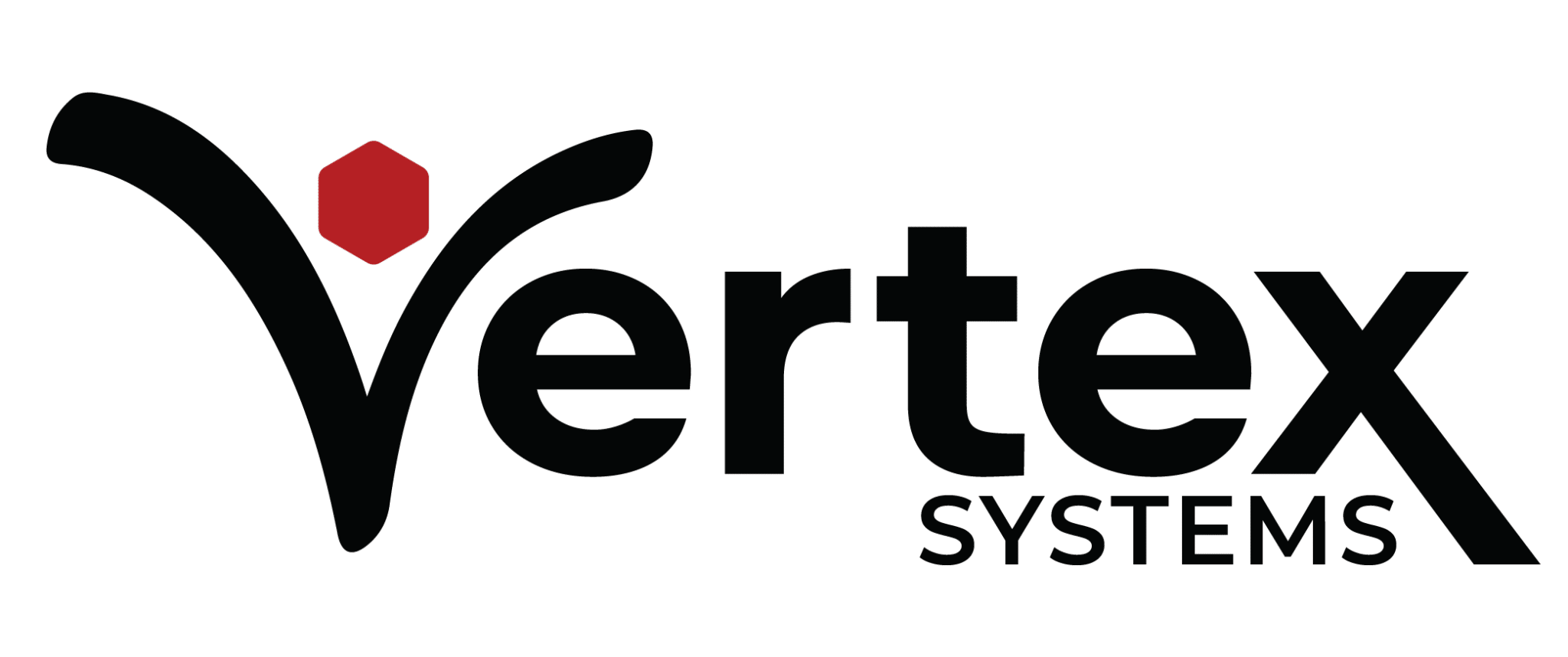Electronic Visit Verification (EVV) is a federal mandate with real consequences for Medicaid-funded care providers. Enforced under the 21st Century Cures Act, EVV compliance ensures accurate billing, fraud prevention, and better care transparency for services delivered in the home or community. For organizations serving individuals with intellectual or developmental disabilities (IDD), understanding how to become EVV compliant is essential to maintaining funding and delivering reliable care.
In this guide, we outline how disability service providers can meet Medicaid EVV mandates, avoid costly penalties, and streamline their operations using purpose-built IDD software.
What Is EVV and Why Is Compliance Essential?
EVV is a digital system that ensures home and community-based services are delivered as promised and properly documented to promote accountability. EVV captures six key data points from personal care and home health visits:
- Who received the service
- Who provided the service
- What service was delivered
- Where the service took place
- When the service began and ended
- The date of the visit
These requirements apply to all personal care and home health services reimbursed by Medicaid. For disability service providers, implementing EVV not only ensures regulatory compliance but also enhances transparency, caregiver accountability, and operational efficiency.
Tools like Vertex’s EVV Manager help IDD providers stay compliant and eligible for full federal funding. Non-compliance risks funding penalties, delayed reimbursements, and increased audit exposure.
6 Steps to Attaining Full EVV Compliance
1. Understand Federal and State Requirements
Knowing your state’s specific requirements is the foundation for full EVV compliance. Start by reviewing the Medicaid EVV mandates relevant to your state. Requirements often vary by location and service type, so confirm which populations and services require EVV, your state’s EVV model and data format, and any additional documentation or reporting guidelines.
States typically adopt one of five models, including provider choice, state-selected systems, and preferred vendor systems. Knowing your state’s specific model is the foundation for full EVV compliance and will help you select the most appropriate tools and workflows.
2. Choose EVV Software Built for IDD Providers
Choosing the right EVV solution ensures both compliance and operational efficiency. The best platforms for IDD providers will capture all six EVV data points, support mobile logging with GPS, and offer integrations with scheduling, payroll, and billing systems. To reduce audit risk and improve visibility, your software should also include audit trails and real-time monitoring capabilities.
Vertex’s IDD software is purpose-built to simplify EVV for disability service providers, helping agencies reduce admin work by up to 70% while maintaining accuracy and accountability.
3. Ensure Seamless Integration with Exisiting Systems
Achieving compliance shouldn’t mean disrupting your operations. The best EVV systems work in harmony with your existing platforms, including payroll, HR, billing, and quality assurance programs. Seamless integration reduces manual data entry, improves reporting, and increases efficiency.
Vertex’s IDD software brings everything into one connected ecosystem, helping you maintain clean, unified records across your agency. This interconnected approach minimizes administrative silos and streamlines day-to-day processes
4. Equip Your Team for Long-Term Compliance
Your entire team must understand how to use the EVV system correctly in order to achieve and sustain compliance. Provide staff and caregivers with training on how to log visits accurately, how to troubleshoot issues, and what state-specific expectations exist.
Ongoing education is essential. A well-trained team is less likely to make costly errors and more likely to adopt the system confidently, ensuring higher compliance rates and fewer audit risks.
5. Monitor Data and Respond in Real Time
Choose an EVV platform that offers customizable dashboards and real-time reporting. These tools empower administrators to track compliance metrics, catch inconsistencies or missed visits early, and resolve issues before audits occur.
Electronic visit verification tools like Vertex empower IDD organizations to stay ahead of compliance challenges with robust reporting, performance tracking, and oversight features that protect both caregivers and recipients.
6. Conduct Regular Audit and Ongoing Improvements
Full EVV compliance is an ongoing process. Conducting regular internal audits and reviewing performance data can help you detect fraudulent activity or system misuse, ensure timely and accurate service delivery, and identify gaps in training or operations.
Vertex’s infographics and whitepapers provide helpful guidance on common challenges and best practices in the IDD space, offering additional resources to support your ongoing improvement efforts.
Ready to Modernize Your EVV Process?
True EVV success goes beyond compliance and uses data to enhance your agency’s service delivery. With fully integrated IDD software like Vertex Solutions, your team can slash paperwork, improve care visibility, and prevent fraud through verified, timestamped data.
Schedule your personalized demo today to see how Vertex’s EVV and Case Manager software can promote person-centered care while reducing your audit risk.

